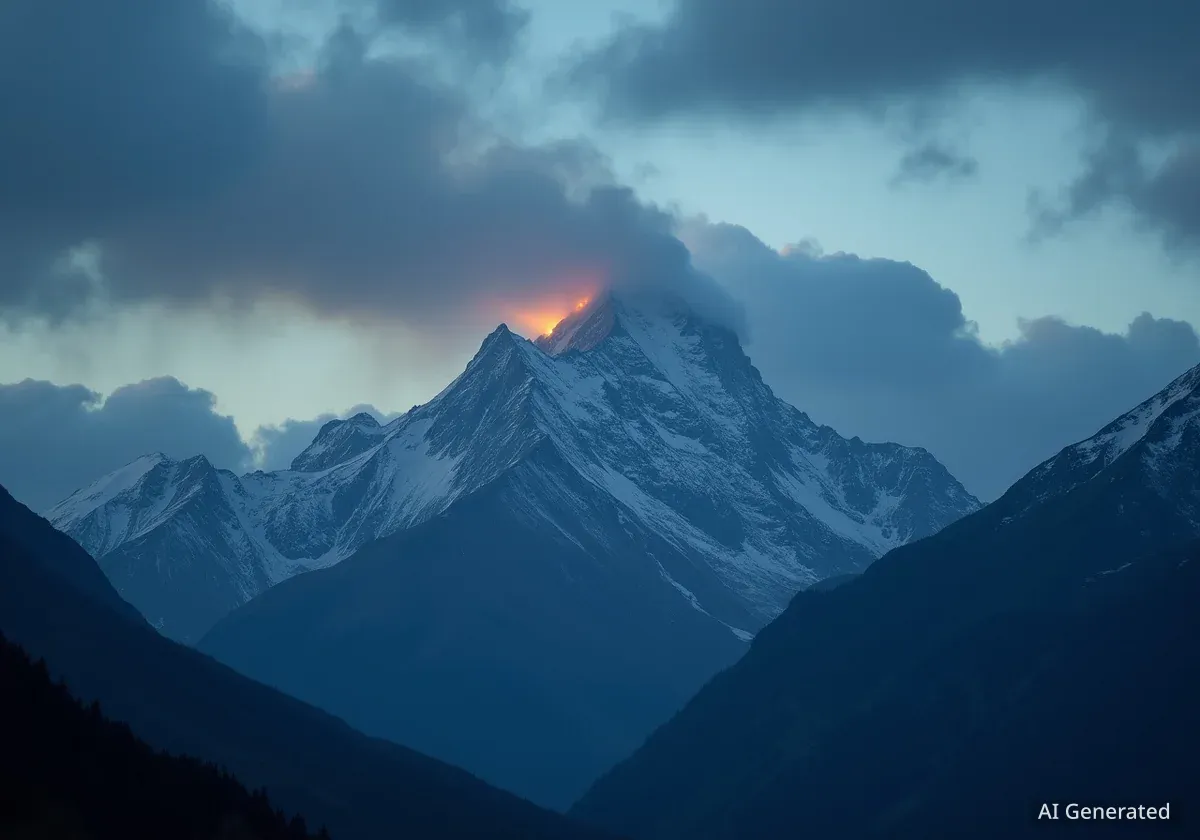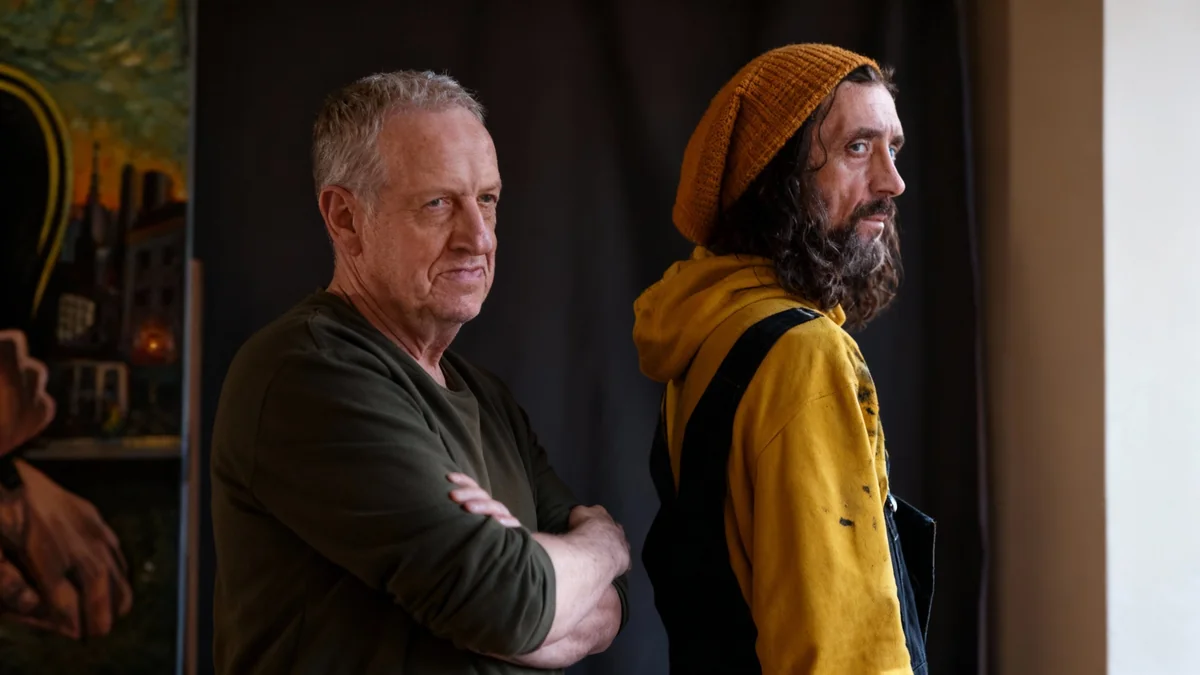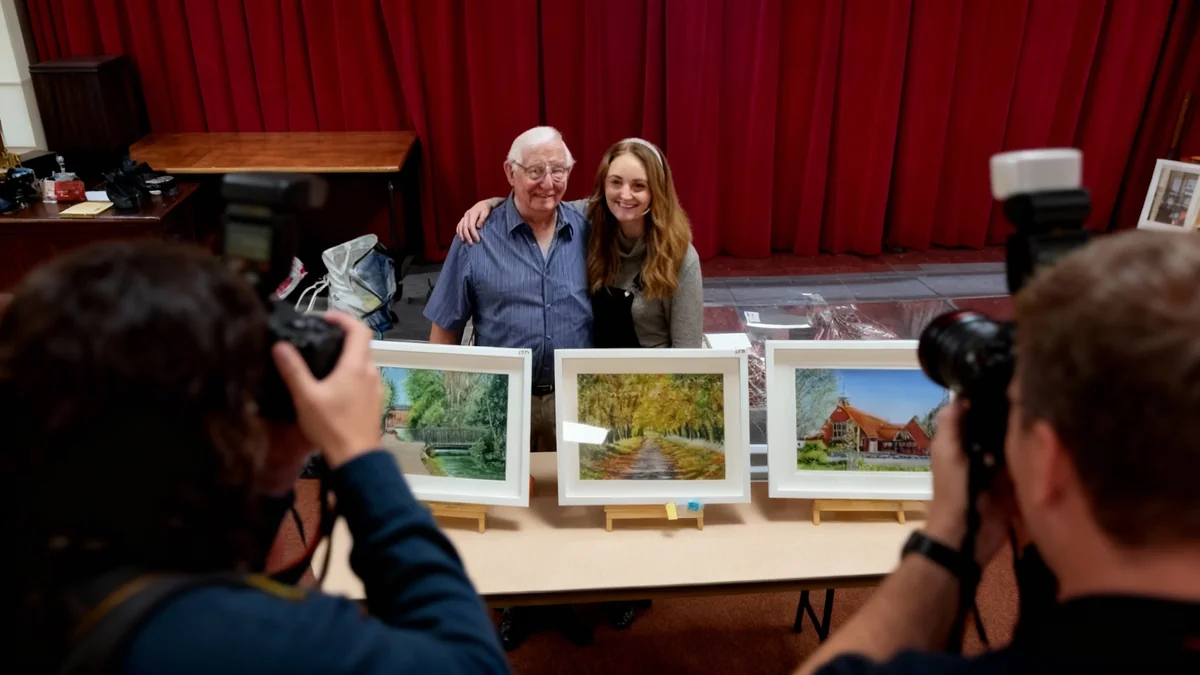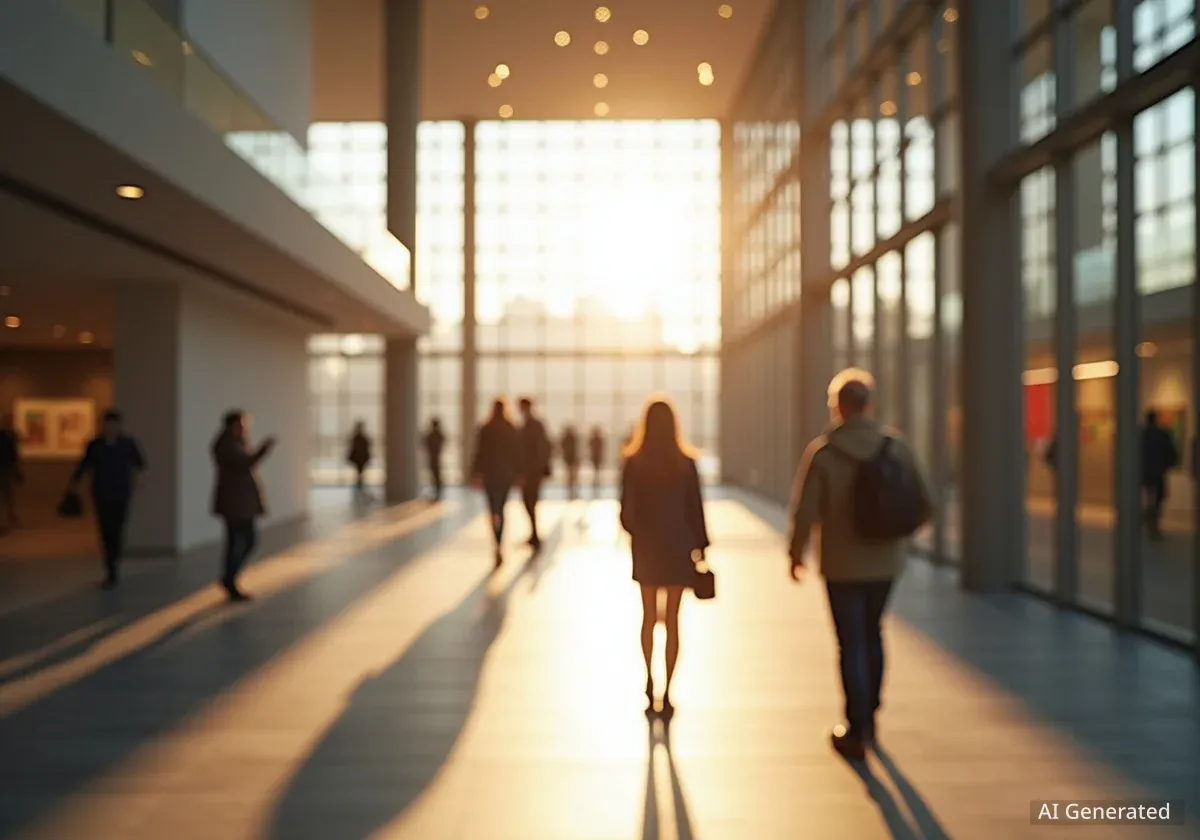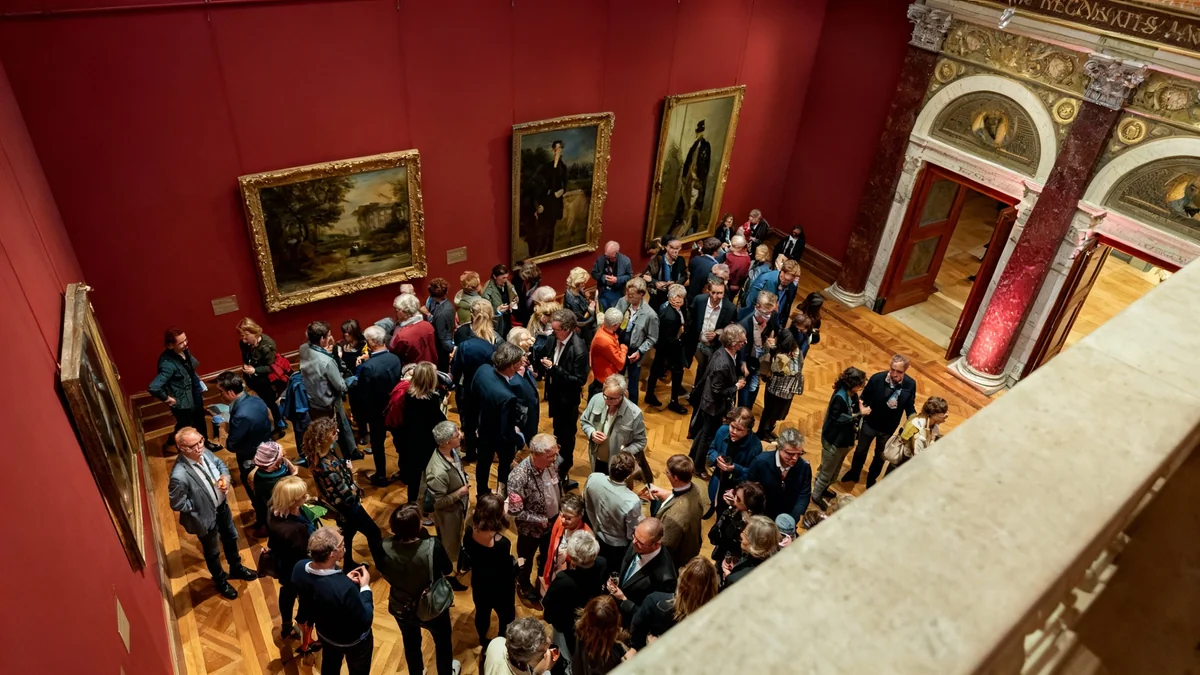Chinese artist Cai Guo-Qiang and outdoor apparel brand Arc’teryx have issued apologies following public criticism over a fireworks display in Tibet. The event, named 'The Rising Dragon,' took place in Shigatse, Tibet Autonomous Region, at an elevation of approximately 18,000 feet above sea level. Concerns about the environmental impact of the pyrotechnic show quickly emerged after images and videos circulated online.
Key Takeaways
- Artist Cai Guo-Qiang and sponsor Arc’teryx apologized for a fireworks display in Tibet.
- The event, 'The Rising Dragon,' drew criticism for potential environmental harm.
- Chinese authorities have initiated an investigation into the incident.
- Cai Guo-Qiang has faced similar controversies with previous fireworks projects.
Tibet Fireworks Project Draws Public Scrutiny
The controversial fireworks display, 'The Rising Dragon,' was a modern interpretation of Cai Guo-Qiang's earlier work from 1989, 'Ascending Dragon: Project for Extraterrestrials No. 2.' This performance involved fireworks that released colored smoke, creating elaborate patterns against the high-altitude plateau landscape. The event occurred near the base of the Himalayas, a region known for its pristine environment.
Online platforms became a focal point for the criticism. Many users questioned the environmental implications of detonating fireworks at such a high elevation. The smoke and debris generated by the display raised immediate concerns among the public and environmental advocates.
Fact File
- Artist: Cai Guo-Qiang
- Project Name: The Rising Dragon
- Location: Shigatse, Tibet Autonomous Region, China
- Elevation: Approximately 18,000 feet (5,486 meters) above sea level
- Sponsor: Arc’teryx (outdoor apparel brand)
Official Response and Investigations
The widespread online outcry prompted a quick response from local authorities. The Shigatse party committee and government acknowledged the concerns. They announced the formation of an investigation team to examine the site and the circumstances surrounding the event.
"The Shigatse party committee and government take the matter seriously and have set up an investigation team to send to the site immediately to investigate," a statement from the city’s local communist party committee reported by CNN said.
This swift action indicates the gravity with which Chinese authorities are treating the public's environmental concerns. Investigations aim to determine the precise impact of the fireworks and ensure compliance with environmental regulations.
Sponsor and Artist Offer Apologies
Arc’teryx, the outdoor apparel company that sponsored 'The Rising Dragon,' issued a public apology on Instagram. The company, originally from Canada and under Chinese ownership since 2019, recognized the conflict between the event and its brand values.
"This event was in direct opposition to our commitment to outdoor spaces, who we are, and who we want to be for our people and our community. We are deeply disappointed that this happened and apologize, full stop," the Arc’teryx statement read.
Artist Cai Guo-Qiang also released a statement. He expressed his acceptance of the criticism and thanked the public for their feedback. His statement highlighted a willingness to consider the public's perspective on his artistic creations, especially those performed in sensitive natural environments.
Cai's statement read: "My studio and I attach great importance to this and humbly accept all criticism of our artistic creation on the plateau with a modest heart and sincerely thank you for your concern and reminders."
These apologies reflect an understanding of the public's concerns regarding environmental responsibility, particularly for events held in ecologically sensitive areas like the Tibetan plateau.
Background on Cai Guo-Qiang's Work
Cai Guo-Qiang is an internationally recognized artist known for his large-scale gunpowder drawings and explosion events. His work often involves pyrotechnics and explores themes of nature, culture, and human interaction with the environment. While celebrated for innovation, his projects have sometimes faced scrutiny over their impact on surrounding communities and ecosystems.
The artist's distinctive approach to art has garnered significant attention globally. However, the scale and nature of his installations mean that public reception can vary widely, particularly when environmental or safety concerns arise.
Previous Controversies Involving Cai Guo-Qiang
This is not the first time Cai Guo-Qiang's work has generated controversy. A recent incident occurred during a performance in Los Angeles as part of the Getty-affiliated Pacific Standard Time initiative. That event also led to public complaints and reports of injuries.
During the Los Angeles performance, residents reported loud noises and smoke. They described the experience as unsettling, with some believing bombs were exploding. This led to people closing windows and fearing an emergency situation. The Los Angeles Times covered these community reactions extensively.
Regarding the Los Angeles incident, Cai Guo-Qiang stated there were no malfunctions with the fireworks. However, he also expressed being "deeply uneasy and apologetic" about the repercussions his work had on the community. These past events underscore a pattern where Cai's ambitious artistic vision sometimes clashes with public expectations for safety and environmental consideration.
- Los Angeles Incident: Part of the Pacific Standard Time initiative.
- Public Reaction: Reports of loud noises, smoke, and debris.
- Community Impact: Residents felt unsettled, some believed an emergency was happening.
- Artist's Response: Acknowledged public distress, expressed apology for repercussions.
The repeated nature of these controversies highlights an ongoing dialogue about the boundaries of artistic expression. It also emphasizes the importance of factoring in community impact and environmental sensitivity for large-scale public art installations, especially when they involve pyrotechnics in unique or sensitive locations.
